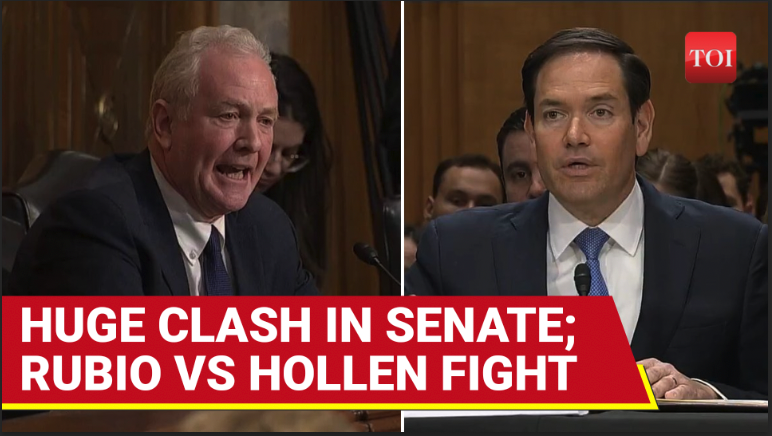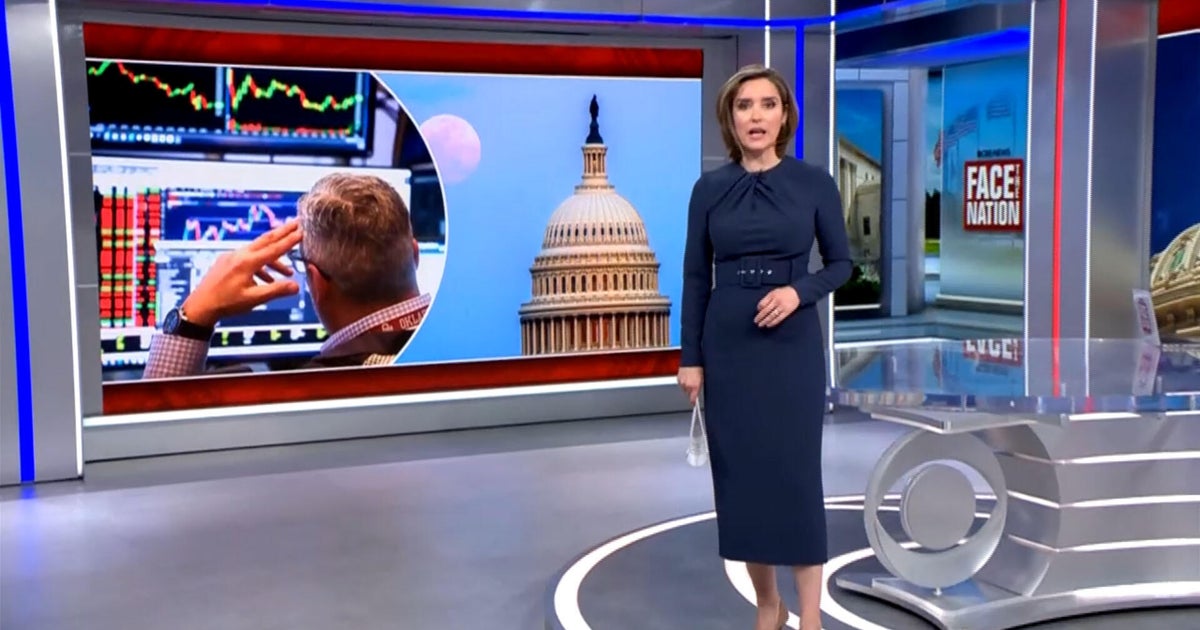Cantwell, Van Hollen and National Leaders in Science, Education, Industry Condem...
Trump’s plan would use investments intended for basic scientific research, education and building a pipeline of future innovators to pay for tax cuts for the wealthiest Americans
The event comes one day after Trump OSTP director Kratsios defended the planned research cuts and told the National Academy of Sciences that researchers would instead be freer to “creatively partner with industry and philanthropy”
Experts made clear the private sector and philanthropy cannot and will not replace federal investment
[VIDEO]
WASHINGTON, D.C. – U.S. Senator Maria Cantwell (D-Wash.) Ranking Member of the Senate Commerce, Science and Transportation Committee, and Senator Chris Van Hollen (D-Md.), Ranking Member of the Senate Appropriations Committee’s Commerce, Justice, Science and Related Agencies Subcommittee, were joined today by five leaders in the scientific community to decry the devastating impacts of the Trump Administrations proposed 55% cut to the FY 2026 budget of the National Science Foundation.
“We are in an Information Age. We are in an age where there are several areas of U.S. competitiveness that depend on continued science innovation, aerospace being one of those, certainly AI being another, quantum being a third,” Sen. Cantwell said. “And all of this is being put into jeopardy by this cut.”
Looking at the damage to our future if these cuts are implemented, the Senator continued: “In an Information Age economy, when so much innovation is available, the last thing you should be doing is having a 55 percent cut to one of your key science R&D institutions. You should be making increases, allowing a thousand flowers to bloom across these institutions, across the United States, because you never know where the next Bill Gates or the next Bill Boeing is going to be, and the innovation they're going to drive.”
“Investments made by the National Science Foundation have generated incredible technological advancements that have benefited the American people – from life-saving medical devices to the internet itself,” said Sen. Van Hollen. “The Administration’s proposal to slash its funding by more than half threatens our competitive edge and would severely hamper our ability to recruit and develop the next generation of scientists to tackle the challenges of the future. Their proposed disinvestment in science will be celebrated by China and other adversaries who are eager to surpass the United States in the area of innovation. We’ll fight with everything we’ve got to defend against Trump’s attacks on American science and innovation – and instead work to strengthen our standing as a global leader.”
President Trump’s FY2026 skinny budget proposes to cut NSF’s funding by 55.8% from $8.8 billion to $3.9 billion. This is on top of $234 million in FY2025 funding for construction projects that the Administration has frozen. The CHIPS and Science Act, which Sen. Cantwell championed through to passage, authorized the NSF to receive $17.8 billion in FY2026.
Since January 20, 2025, NSF has terminated 1,530 grants, totaling more than $1.1 billion. A large percentage of these grants are for projects and programs related to STEM education and expanding access and participation in STEM fields. Earlier this month, NSF announced it would cap indirect cost reimbursements at 15 percent for all new awards to universities and nonprofit institutions, down from negotiated rates that typically range from 30 to 60 percent. That action is on pause pending a lawsuit brought in the U.S. District Court for the District of Massachusetts.
Senators Cantwell and Van Hollen were joined by: Dr. Arati Prabhakar, former Director of OSTP, DARPA and NIST and venture capitalist; Dr. France Córdova, 14th Director of the National Science Foundation, and now President of the Science Philanthropy Alliance; Dr. Dean Chang, Chief Innovation Officer and Associate Vice President for Innovation & Entrepreneurship & Economic Development at the University of Maryland; Dr. Marvi Matos Rodriguez, Engineering Director working in the Aerospace Industry; and, Dr. Ananth Kalyanaraman, Professor at Washington State University, and Director of the USDA NIFA-funded AI Institute on Agricultural AI for Decision Support and Workforce Development.
Dr. Prabhakar took the lead in debunking the idea that corporate funding could in any way replace federal investment in science, stating: “It's been a bedrock economic understanding that corporations invest in the R&D that they can see leading to products and profits, but not in the kind that evolves across many labs over many years and forms a shared foundation for whole industries and for public missions like defense.”
“These devastating cuts to public R&D are an embarrassing retreat from American leadership that hands the reins to the People's Republic of China,” Dr. Prabhakar added. “And I would so much rather be here today talking about achieving our great aspirations for longer and healthier lives and for AI that extends our own human talents, for lowering our cost of living with clean energy and for restoring nature, because that is the future that America is capable of creating.”
Dr. Cordova, who strongly agreed that private funding is no substitute for the NSF, said: “I have a good handle on what industry and philanthropy can contribute, and I can tell you, as important as their contributions are to bolstering our economy, they cannot replace government funding.”
And Dr. Cordova decried the impacts of the cuts to STEM education that the Trump funding levels would force.
“Especially important to universities is the funding to train our STEM workforce pipeline, without which we would have no industries of the future. Industry representatives often tell me that arguably the most important investment NSF makes is in the workforce training of STEM talent,” she said.
In April, NSF revealed that Graduate Research Fellowships awarded in 2025 would be cut in half, from 2,000 to 1,000, the smallest cohort since 2010. NSF will also significantly reduce (from 368 to 70) the number of scientists it employs through a program that enables scientists on leave from their academic positions to work with the NSF to help choose the best research to fund.
Dr. Chang offered an eye-opening look at where our nation would be without the National Science Foundation.
”It's hard to imagine a world without NSF, but this alternate world without NSF would have none of the following: No Medtronic pacemakers or insulin pumps; no ChatGPT; no Nvidia GPU chips that power ChatGPT; no Apple; no Siri; no Amazon, Alexa; no GE MRIs for medical imaging; no Teslas and actually, no smart cruise control in any car of any kind; no Da Vinci robotic surgical systems; no early quantum computers from IBM and IonQ; and no Fortnite -- the video game that swept the nation a few years ago,” Dr. Chang explained.
“NSF celebrated its 75th anniversary this month,” Dr. Chang added. “But are we willing to relinquish our nation's 75-year head start to other countries so they become the birthplace of the next generation of Teslas and ChatGPTs, the next generation of robotic surgeons and life saving devices? Not only must NSF continue to invest in high risk, high reward research, but NSF also must continue to invest in proven ways to shorten the decades long gestation periods.”
Dr. Matos Rodriguez talked about her personal educational and professional story of turning her love for math and science at the University of Puerto Rico into a passion for research and STEM career engineering and the role NSF played along the way.
“My passion for research blossomed when peers introduced me to the summer programs specifically designed to develop and enhance research skills,” Dr. Matos Rodriguez said, referring to research opportunities for undergraduates funded by the NSF that took her to California to conduct research at UC Davis and IBM.
“The impacts of the NSF REU program were far reaching. My journey continued at Carnegie Mellon, where I did my PhD… supported by a NASA grant. After graduate school, I worked as a postdoctoral fellow at the National Institute of Standards and Technology, funded by a grant from the National Research Council,” Dr. Matos Rodriguez continued. “Little did I know that the product of all that research was not just the science, the discoveries or the papers, the product was me. The REU program, more than 25 years ago, was the seed for the STEM professional I am today, at a time when global competitiveness is vital, it is crucial to commit to cultivating generations of STEM professionals.”
In the National Science Foundation for the Future Title in CHIPS and Science Act, Congress specifically called for broader participation of populations underrepresented in STEM and authorized $13 billion over five years for the NSF to allocate to STEM education. The United States can’t compete with China and others in science and innovation if we cannot close a gap in the STEM workforce that could be as large as 3 million people nationwide by 2030.
Dr. Kalyanaraman also spoke to the impacts the nation could see, especially in the all-important AI arena.
“We are deeply concerned about the nearly $5 billion in cuts to NSF, which will directly undercut this vital work and also our nation's ability to remain globally competitive,” Dr. Kalyanaraman said. “Critically, NSF funding also supports the development of [our] future workforce, and without it, [we] will fall behind in our ability to produce the much-needed next generation of AI ready graduates.”
###












